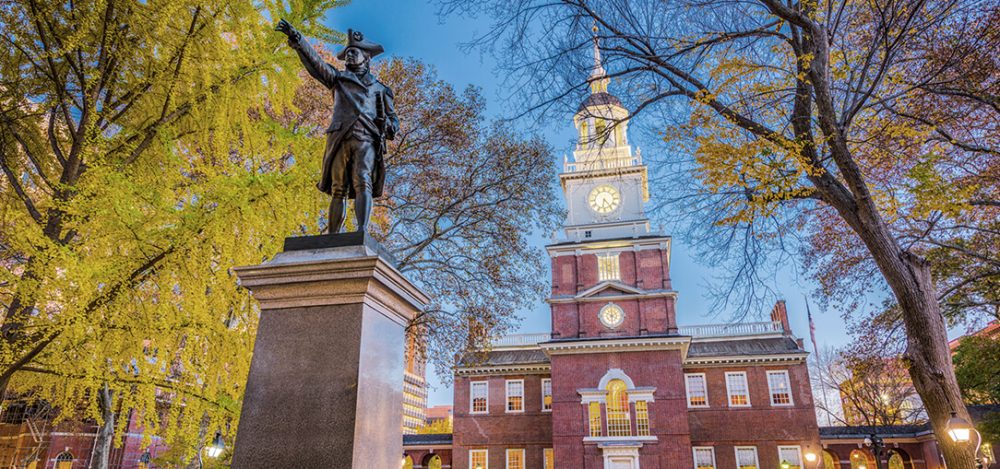
by Christopher Paslay
Obama Education Secretary is right to condemn agitators for verbally assaulting Education Secretary Betsy DeVos, and for physically blocking her from entering a D.C. public school.
On Friday afternoon, after Betsy DeVos was physically prevented from entering a Washington D.C. public school and verbally assaulted by a group of agitators (allegations that DeVos was physically assaulted are still being investigated), Arne Duncan tweeted out the following:
Agree or disagree w @BetsyDeVos on any issue, but let’s all agree she really needs to be in public schools. Please let her in.
Duncan, who served as Obama’s Education Secretary for seven years, should be commended for remaining above the fray and calling for civil treatment of DeVos, the newly confirmed United States Secretary of Education. Whether you agree with her stance on education or not, the all-out smear campaign on her background and character is inappropriate.
Vanity Fair film critic Richard Lawson actually likened DeVos to a murderer, tweeting that her policies “will kill children” and lead “queer kids” to “more suicides” because of a lack of access to supports in religious schools.
Interestingly, if you take a closer look at her agenda, you’ll find that many of her views aren’t that different from Arne Duncan’s, which might be why he went out of his way to defend her right to be heard. Duncan’s record as Obama’s education chief reveals he did quite a lot to dismantle traditional public education and attack schoolteachers, turning neighborhood schools into charters and trampling collective bargaining rights in the process.
During his seven year tenure, Duncan fought to:
- Use performance pay to compensate teachers based on student performance on standardized tests.
- End teacher seniority to give principals the autonomy to pick their own staffs.
- Turn “failing” schools into charters.
- Overhaul entire staffs of teachers and principals at failing schools.
- Reduce suspensions and expulsions to deal with unruly and disruptive students.
Then there was his whole plan to shame teachers into improving performance, endorsing the public release of information about how well individual teachers fare at raising their students’ test scores.
This doesn’t sound like a man who respected teachers’ unions, traditional public education, or educational privacy rights, but other than an occasional editorial in the newspaper, not a whole lot was said about it. The Obama/Duncan “Reform Train” railroaded public schools, students, and teachers from coast to coast, for seven long years. And how many times did raving agitators, holding Black Lives Matter signs, block his entrance into schools?
Zero.
How many times did Chuck Schumer insist that Obama’s appointment of Duncan to office should “offend every single American man, woman, and child who has benefitted from the public education system in this country,” the way he did of Trump’s appointment of DeVos?
Zero.
How many times were Duncan’s policies accused of killing children?
Zero.
Why?
Politics as usual.
Take education in Philadelphia, for example. There’s this notion floating around that the appointment of Betsy DeVos marks the end of Philly public schools as we know them, that teachers’ unions—along with collective bargaining—will be irrevocably dismantled. I’ve heard it mentioned, in fact, that Betsy DeVos is the biggest threat to collective bargaining ever.
Ever?
Hardly.
Dwight Evans wins this title. In the late 1990s, he fought to pass the Pennsylvania Charter School Law, which opened the floodgates for school choice and took millions of dollars away from traditional public schools and pumped them into privately owned charters. Evans also supported Acts 46 and 83, which enabled Harrisburg to take over the Philadelphia School District, and replace the local school board with a state-run School Reform Commission.
It also took away the Philadelphia Federation of Teachers’ right to strike.
Now, fast forward to 2017. The city doesn’t have a local school board, and contract terms can be unilaterally forced on the union by the SRC. The school budget has been slashed by hundreds of millions, and staffs are running on bare bones. Many schools lack adequate nurses and counselors. It’s been over 1,000 days since teachers have had a contract. Their seniority has been cut, their degrees marginalized, and they haven’t received a raise in nearly four years.
Was Dwight Evans ever blocked from entering a school?
No. On the contrary, he’s been continually voted into office by establishment Democrats, many of whom are the same folks throwing a temper tantrum over Betsy “Doomsday” DeVos.
Why isn’t DeVos the biggest threat to collective bargaining to date in Philadelphia? Because under Act 46 and 83, there is no real power to collective bargain. You can’t take away something you don’t technically have.
Yet somehow DeVos remains the ultimate boogiewoman, and has been relentlessly smeared before even being given a chance to develop her vision for American education.
Kudos to Arne Duncan for remaining above the fray and calling for the civil treatment of DeVos. You can agree or disagree with DeVos on any issue, as Duncan stated, but at least know she must be allowed to visit public schools so we can have an appropriate and responsible dialogue.


